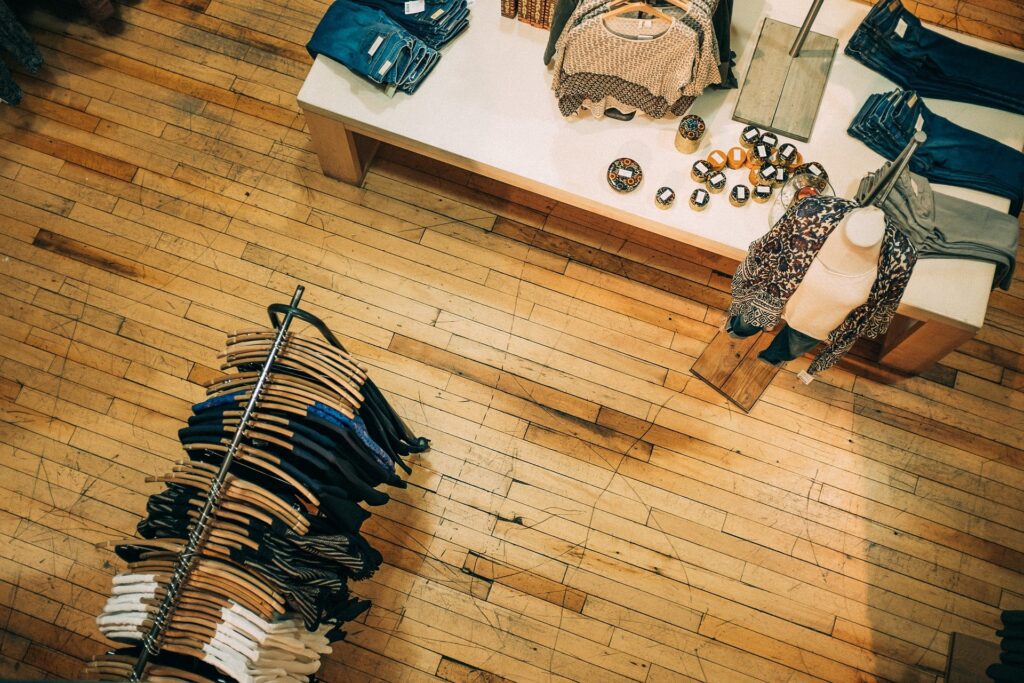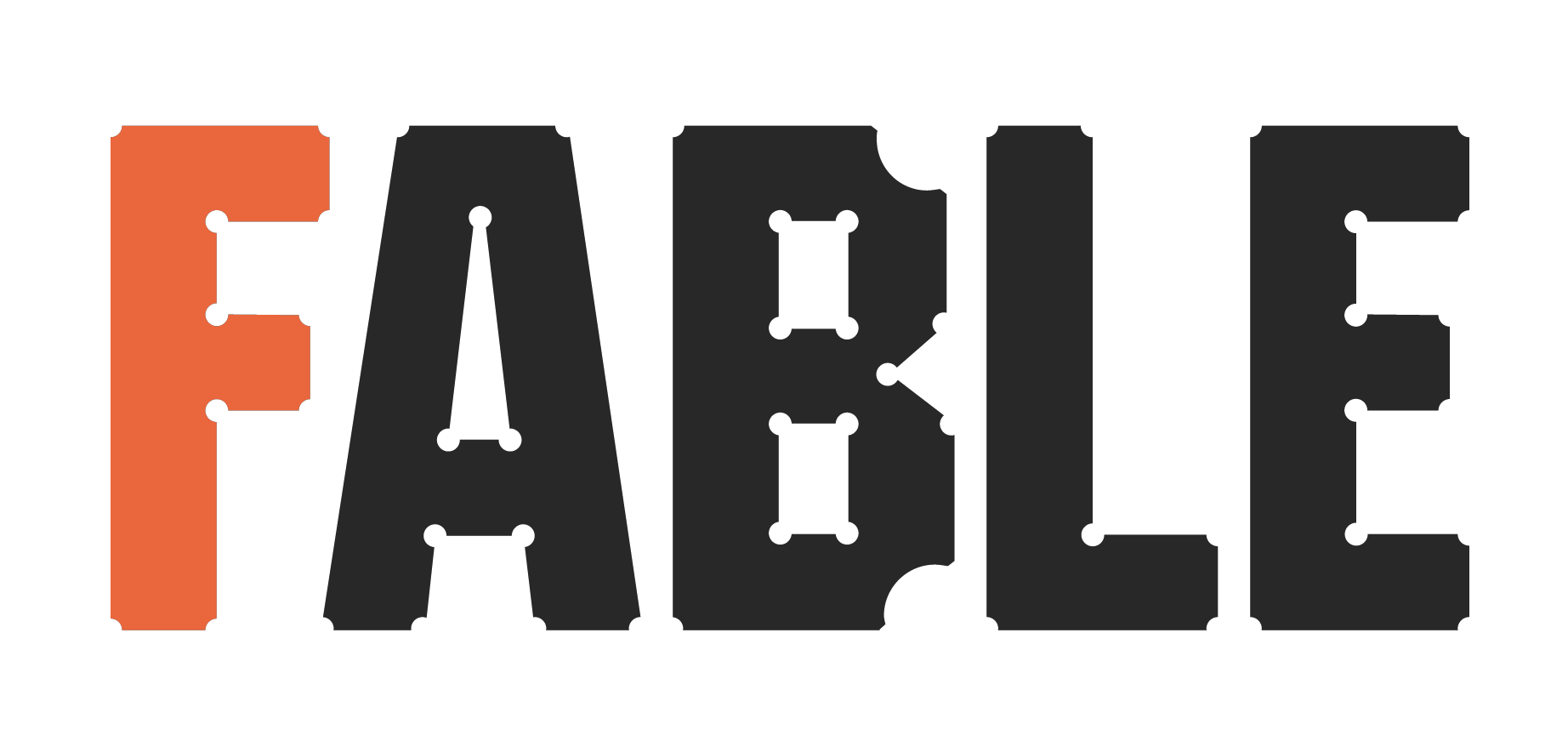Part 4: Methodologies for sustainable fashion and social entrepreneurship (continued)
Methodologies for sustainable fashion and social entrepreneurship as role play to learn problem solving, critical thinking and time management
Alternative materials and methods to reduce waste / overconsumption
Why do we need to replace it?
We need to replace the materials we are using at the moment because many of them are not eligible for sustainable requirements – e.g., using leather.
If you have checked your clothes materials while getting to know your wardrobe – you know that many materials used in clothes contain plastic.
Furthermore, we are running out of landfills and instead of cultivating food – we are cultivating cotton to make clothes that we (if we think of it honestly) do not need at all. We have already used so many resources – it is time to start reusing what we have already!
Nowadays, companies are starting to realize this, and are looking for alternative materials that can be used for the production of clothes as well.
Recycling as an opportunity
Recycling the materials is a viable option – we not only can recycle cloth but also other plastic-based materials that we do not need anymore.
Ocean plastic is a serious issue which is affecting ocean life and is polluting our environment a lot. Many innovative and young companies have started to use these microplastics and they make “new”, modern and durable materials from it. They recreate from ocean pollution a fabric and they give new life to it – in the shape of a swim wear for example.
Why is recycling important?
Recycled materials and recycling in general are one of the simplest ways to keep materials in the cycle. Modern and innovative technologies allow us to make and remake materials – without losing their quality.
Honestly why to make new things when you can buy/rebuy already the ones that existed?
For this, we, consumers, and our conscious choices are needed to make this decision and look for clothes/tools or any other household items that are made from recycled materials. We – consumers – need to create the demand!
The 5Rs – Refuse, Reduce, Repair, Reuse, Recycling
A simple way of remembering how to make more conscious choices about clothing!
5+1 R in fashion - In fashion we use an extra R - Rot!

- Refuse – Learn to say no!
- Reduce your consumption and focus on the minimum you need!
- Repair – It is good to have skills on how you can fix things (such as sewing) or be aware of who are the professionals who can fix certain pieces of clothes. Keep in mind that in order for clothes to be fixed, it has to be a good quality item!
- Reuse / Repurpose – Make sure you give the piece a second chance. For example, repurpose the yarn that is from an old piece of cloth and create a new object out of it through crocheting!
- Recycle what you can, buy materials that can be recycled and once not using them, make sure that it is going to a place that can recycle them
+ 1: Rot – Natural materials can be composted properly, therefore it can be a great way of producing clothes to use natural materials in the fashion industry.
Find inspiration!
You can find a lot of inspiration from different companies who are working towards a more sustainable fashion world. We are going to show some best practices on how to reduce your impact with fashion when it comes to sustainability.
Activities
Objectives
- To be aware of the environmental and ethical impact of fast fashion stores
- To find new, local fashion businesses that aim to promote sustainable processes
- To get inspiration and get to know best practices from sustainable fashion brands
Total duration
20 minutes
Description
- From the list of clothes you did before, pick out 3 that were made by fast fashion brands. Try to pick three which are brands you are buying from often.
- Download the app: GOOD ON YOU! This application is a platform that aims to promote sustainable fashion brands. They research a lot of fashion brands locally and rate them according to their own evaluation system. They are rating the brands based on three aspects: planet, people and animals.
- Search for the 3 brands that you picked and read what is written about them. How are they rated based on the three different aspects?
- Make a research on local sustainable fashion brands. Find at least 5 brands that you like who are making more conscious fashion choices and promote sustainable fashion.
Materials
List of your clothes, internet access, smartphone
Of course, supporting smaller, local brands and companies who are making clothing with the mindset of sustainability is only one way to make more conscious choices about your clothing. There are many other practical ways that you can implement in your everyday life which can bring you closer to a more sustainable wardrobe. We are going to showcase ways to reduce the waste in your wardrobe!
- Secondhand shops – these stores are becoming more and more popular as people would like to make more conscious fashion choices. Not to mention that you can find a lot of vintage treasures in these kinds of shops which are unique and you will probably not see it in every second person you meet on the street!
- Charity shops – there are certain shops in many countries where you can make contributions in the form of objects – also clothes. You can bring your clothes to the store where they are going to check the condition of them and will sell them for a smaller price. This way it will be available for those in need but actually, anybody can shop in these stores – so in case you would also like to hunt for some second-hand treasures, maybe it’s worth finding out where the closest charity shop is to you!
- Facebook marketplace – or any other online platform where you can sell and buy clothes. Upload the clothes that you do not need anymore and look for ones that will fit more into your closet!
- Clothswap – in a lot of cities people organize clothes swap events, where you can bring your own clothes that you do not wear anymore. Other people do the same, so you can not only find new homes for the clothes that are not the right fit for you anymore, but you can also find some new ones. Your city doesn’t have clothes swap events? Create your own one! First, just gather some friends and exchange clothes with them, you will see that more and more people will be interested and you can create bigger and bigger events!
Some more inspiration…
There are some good practices of companies who used one of these methods and built it into their business model. We brought you some examples – after getting inspiration from their stories, you can also look up what solutions work in your country!
- Oxfam shops is an online retailer which is selling second-hand clothing, new, ethical clothing and charity gifts as well. Each purchase that you make on their webshop contributes to the work of Oxfam – a global organization that is aiming to end poverty and injustice.
- Remix: remixshop.com is an online store selling second-hand and outlet fashion items. It works in 8 countries around Europe. You can find a lot of different items with prices changing all the time – shopping on remix is therefore like a game where you can always find new items with changing prices. You can also sell your own clothes on the site in a way that you can send in your clothes to the company where they select the ones that are suitable for selling. You can follow up on the process of the clothes you have sent in on their site, and see whenever an item was sold. The company recycles the items that they do not find suitable for selling.
- Swappis is a green startup company in Hungary which aims to collect and reuse clothing items. Their goal is to create sustainable trends in fashion for which they created a store that is based on a circular economic system. People can bring clothes into the store which they do not use anymore where they check the conditions. For the clothes that they take in and resell in the store, the person who brought it in, receives membership points which they can use for their own purchases.
Activities
Objectives
- To try out in practice how to create a more sustainable wardrobe
- To practice some of the elements of the 5+1Rs of Fashion
Total duration
20 minutes
Description
- Pick 1 item from the list of your clothes that you made previously that you love and do NOT want to sell it! Why do you love it? Where is it from? What makes it special for you? The more we connect emotionally with an object, the more we care about it. It makes it easier to take care of it as well.
- Find 5 pieces of clothing that you would like to get rid of. Find the best way you can donate/ sell it the most sustainable way! Make some research on nearby places, businesses and charity shops and find out how they work. Find the solution that you think is the best for you!
- Make a plan on how you are going to sell/donate these items! Put a deadline for each item in order to be able to follow up on your plan.
Materials
List of your clothes
Further resources
Mary McMahon – What is a Charity Shop?
https://www.wisegeek.com/what-is-a-charity-shop.htm
BLANC – The 17 Eco-Friendly and Sustainable Brands We Love:
https://blancliving.co/blogs/news/the-eco-friendly-and-sustainable-brands-we-love
About Good On You: https://goodonyou.eco/about/
& How they rate: https://goodonyou.eco/how-we-rate/
Dan Widmaier: The future of fashion – made from mushrooms:
https://www.ted.com/talks/dan_widmaier_the_future_of_fashion_made_from_mushrooms
Oxfam – Show, volunteer & donate at your local Oxfam shop:
https://www.youtube.com/watch?v=IeOLPA-M-zE
Gillian Dunn – TEDx Talks – Change Your Closet, Change Your Life:
https://www.youtube.com/watch?v=WiVHSRY2I5Y
Trash is for Tossers:
https://trashisfortossers.com/
Part 3: Methodologies for creative tinkering

